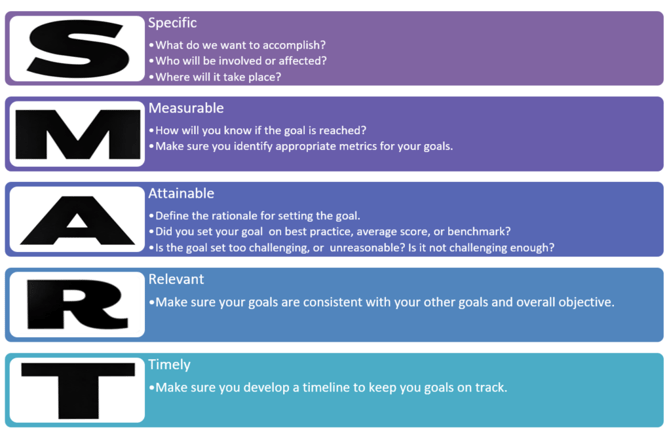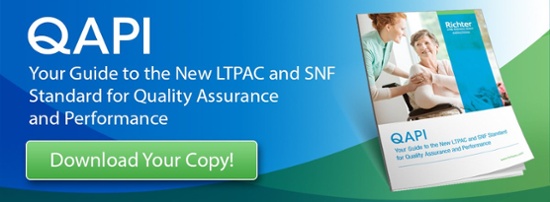- Solutions
- Accounting
- Additional Documentation Requests (ADRs) Management & Support
- Clinical Consulting
- EHR Implementation & Optimization
- Medicaid Eligibility
- Outsourced Contract Controller Services
- Outsourced Revenue Cycle Management
- PointClickCare® Consulting
- QAPI Consulting
- Resident Trust Fund Management & Advisory Services
- Revenue Cycle and Reimbursement Consulting
- Who We Serve
- Resources
- Careers
- About Us
- Contact

 Quality Assurance/Performance Improvement (QAPI) regulation was advanced as a part of the Affordable Care Act (ACA) of 2010, but the basic premise is not entirely new to long-term post-acute care (LTPAC) providers. The initiative expanded the existing Quality Assessment and Assurance (QAA) provision, thus “reinforcing the critical importance of how nursing facilities establish and maintain accountability…in order to sustain quality of care and quality of life for nursing home residents.” The Centers for Medicare and Medicaid Services has linked these initiatives to reimbursement, furthering the underlying tenet of value-based purchasing-paying for performance based upon resident-centric outcomes.
Quality Assurance/Performance Improvement (QAPI) regulation was advanced as a part of the Affordable Care Act (ACA) of 2010, but the basic premise is not entirely new to long-term post-acute care (LTPAC) providers. The initiative expanded the existing Quality Assessment and Assurance (QAA) provision, thus “reinforcing the critical importance of how nursing facilities establish and maintain accountability…in order to sustain quality of care and quality of life for nursing home residents.” The Centers for Medicare and Medicaid Services has linked these initiatives to reimbursement, furthering the underlying tenet of value-based purchasing-paying for performance based upon resident-centric outcomes. Element 1: Design and Scope
Element 1: Design and Scope Element 2: Governance and Leadership
Element 2: Governance and Leadership Element 3: Feedback, Data Systems, and Monitoring
Element 3: Feedback, Data Systems, and Monitoring Element 4: Performance Improvement Projects
Element 4: Performance Improvement Projects Element 5: Systematic Analysis and Systematic Action
Element 5: Systematic Analysis and Systematic Action


